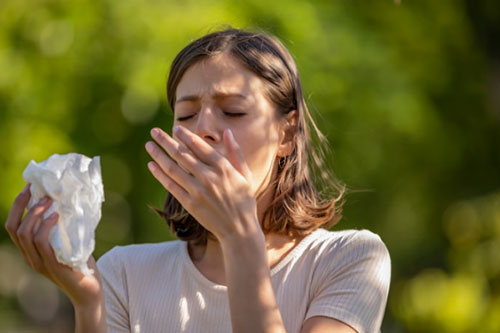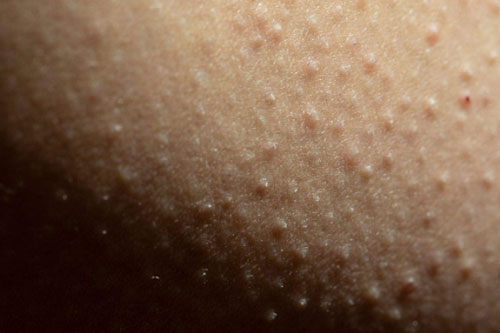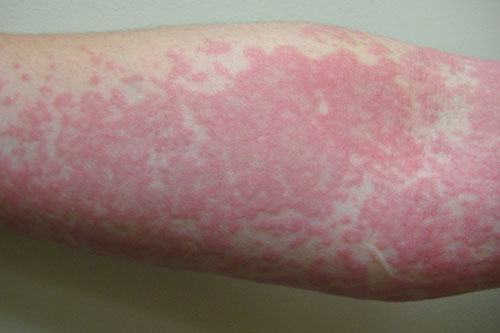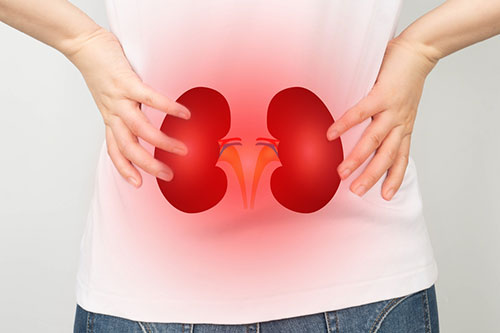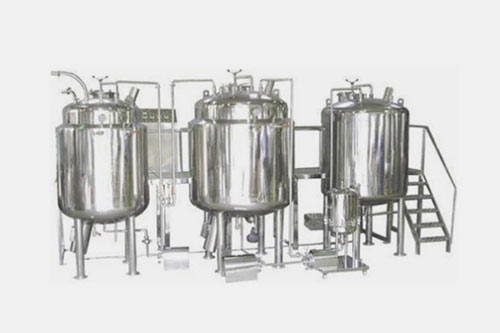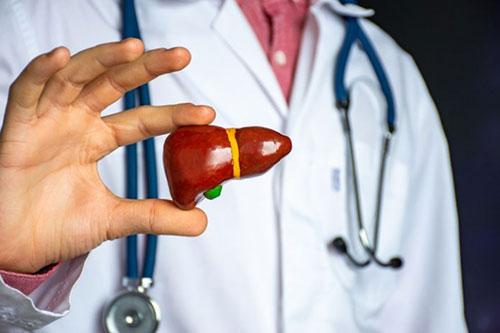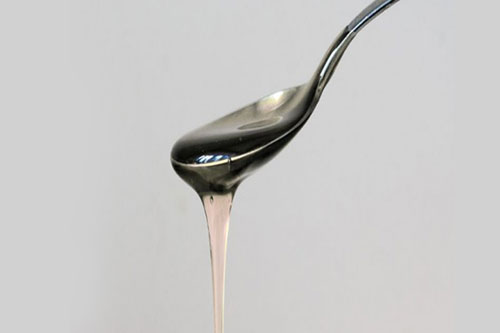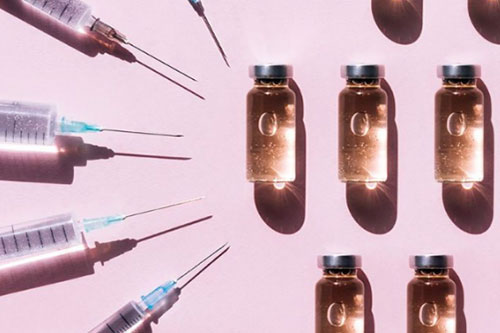Loratadine Syrup: The Complete FAQ Guide In 2025
Do you often suffer with sneezing, sniffling, congestion, allergies or rashes or more? If yes, then among millions of people, you will be the one who take loratadine syrup for relieving purpose. This is an effective and way more popular remedy used across the globe for managing issues like allergies and mentioned symptoms.
What is it and why do you need it? How is it made up and how its works? The article on ‘Loratadine Syrup: The Complete FAQ Guide In 2025’ entails basic to advance literature about this subject. Let read on to find out more about loratadine syrup!
1.What is loratadine syrup?
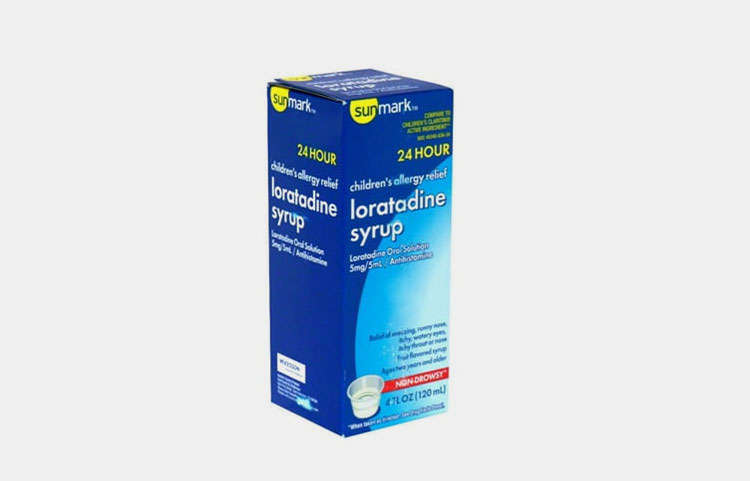
Loratadine Syrup
Loratadine syrup is an antihistamine medication used to treat allergy symptoms in both children and adults. It contains loratadine, a second-generation antihistamine that blocks histamine, which is the chemical responsible for your sneezing, runny nose, and skin rashes. You must take it orally once a day using a measuring spoon or syringe.
This is an effective solution for those who never preferring to take other available formulations of loratadine. Therefore, a liquid formulation is presented with equal potency compared to tablets or injectables.
2.What are the indications of loratadine syrup?

Loratadine Syrup
You can use loratadine syrup to manage a range of mild to moderate allergy symptoms
| Indication | What You Need to Know |
| Seasonal Allergies
Picture Courtesy: NYU Langone Health |
If you’re dealing with sneezing, runny nose, or itchy eyes caused by pollen or other seasonal factors, loratadine syrup helps relieve these symptoms. |
| Bumpy Skin
Picture Courtesy: Affiliated Dermatology |
If you have red, itchy bumps or swelling that comes and goes, this loratadine syrup helps control the reaction over time. |
| Allergic Skin Irritation
Picture Courtesy: The University of Queensland |
Loratadine syrup may be used for non-infectious rashes, especially when itching disrupts your routine. |
| Mild Food or Drug Reactions
Picture Courtesy: Safefood |
It is also given sometimes when you react mildly to foods or medications, but not for emergency use. |
| Indoor Allergies
Picture Courtesy: Cedars Sinai |
If indoor triggers like dust mites or pet hair affect you, loratadine syrup can help relieve allergic nasal and skin symptoms |
| Post-Infection Allergic Flare-Ups
Picture Courtesy: Children’s Hospital Colorado |
Loratadine syrup may help control itching and mild inflammation after certain viral infections and speed up the recovery. |
| Cold-Induced Urticaria
Picture Courtesy: Wikipedia |
If you are someone who breaks out in hives or itchy skin when exposed to cold air, water, or sudden temperature drops. Loratadine syrup can help reduce these flare-ups drastically. |
3.How is loratadine syrup effective?
As you already know, loratadine syrup helps treat common allergy symptoms, but many other reasons set the loratadine syrup apart, even when tablets and injectables are readily available.
Quick Action

Quick Relief by Loratadine Syrup-Picture Courtesy: One wellback
Once you take a dose, the loratadine syrup quickly begins being absorbed into your digestive system effectively. Most people feel noticeable relief from symptoms like itching, sneezing, or watery eyes within 1 to 3 hours.
Lasts for 24 Hours

Long duration of action- Picture Courtesy: Wellmed
One dose of the Loratadine syrup keeps your symptoms under control for a full day. You don’t have to take it multiple times, which helps you stay consistent with treatment, especially during allergy season.
Non-Drowsy for Daily Use

No drowsiness- Picture Courtesy- Sleep Foundation
You might have experienced that other antihistamines leave you groggy or in a state of sleepiness, but the loratadine syrup doesn’t make you sleepy, which means that you can go about your work or any other activities easily without the tiredness or mental fog.
Ideal for Children

Good Taste and flavour- Picture Courtesy-Alberta College of Pharmacy
The loratadine syrup is often the first choice for children over 2 years who cannot swallow pills yet, as it comes in several sweet and kid-friendly flavours, which makes it easier for younger children to swallow.
Gentle on the Stomach

Good on Stomach- Picture courtesy: GOQI
Loratadine syrup is an excellent choice for people who have a sensitive stomach as its gentle formula easily breaks down in the stomach, unlike hard and coarse tablets, causing fewer digestive issues.
Safe for Long-Term Use

Safe to use
If the loratadine syrup is ingested as per the doctor’s recommendations, it keeps the recurring symptoms under control without any major side effects, and it is even advised by doctors for regular use, especially during allergy seasons.
4.What doses of loratadine syrup are commonly administered?
The dosage of loratadine syrup depends on your age and health status. It’s important to measure each dose carefully and follow your doctor’s instructions or the product label. The table below shows commonly recommended doses for loratadine syrup based on a standard concentration of 5 mg per 10 mL.
| Age Group | Dose | Description |
| 2 To 5 Years
Picture courtesy: Healthline |
2.5 mL once daily | If your younger children have symptoms like sneezing, itching, or hives, this low dose of loratadine symptom will help you manage those symptoms safely. |
| 6 to 11 Years
Picture Courtesy: GoodRX |
5 mL once daily | This is a full paediatric dose of loratadine syrup that offers 24-hour allergy relief without causing any drowsiness. |
| 12 Years and Older
Picture Courtesy: GoodRX |
10 mL once daily | If you have prominent nasal and skin allergy symptoms, then this Adult-strength dosing works effectively while providing full-day relief in a non-sedating manner. |
| Individuals' Liver/Kidney Issues
Picture Courtesy: Medfin |
Dose adjusted by doctor accordingly. | Individuals with issues of the kidney and liver may require lower or alternate-day dosing to avoid buildup or side effects. |
5.What is mechanism of action of loratadine syrup?
To understand mechanism of action of loratadine syrup, look at below illustration and discussion.
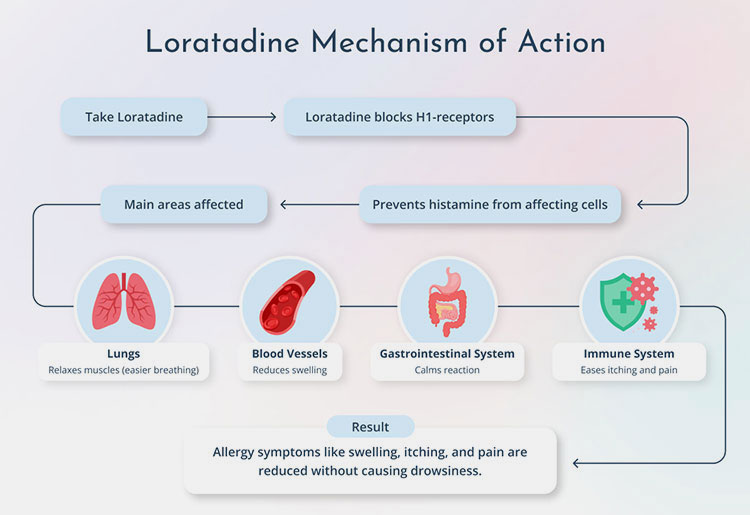
Mechanism of action of loratadine syrup- Picture Courtesy: RUPA Health
Taking Loratadine Syrup
The mechanism of action begins with you take loratadine syrup orally following desirable doses. Once you take, it produces its effects after 50 to 60 minutes of interval.
Loratadine Blocks H1 Receptor
In your body, there are various target sites of histamine receptors. The loratadine syrup’s active ingredient which is known as antihistamine particularly binds there and blocks the mimicking effects of causing allergies, rashes, etc. therefore, associated symptoms get subsided.
Prevents Histamine from Affecting Cells
This is already known to you that aggravated levels of histamine stimulates the certain symptoms like swelling, hypersensitivity, etc. Therefore syrups prevent it histamine effects and making you comfortable.
For example: calming your lungs by reducing the secretion and dilating airways. Also, reducing the swelling by lowering the puffiness and edema. Relieving your stomach by blocking receptor consequently, you feel relaxed and no cramping at all, and lowers the hypersensitivity reactions therefore no sneezing, flu or runny noses.
6.What are the ingredients of loratadine syrup?
A sweet and fruity flavor of loratadine syrup is composed of the following mentioned ingredients:
Principle Ingredient
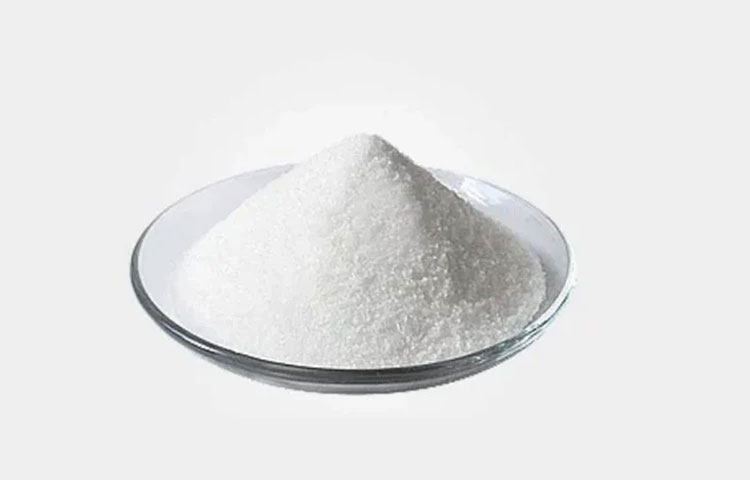
Active Ingredients
The second-generation histamine H1 receptor antagonist moiety loratadine is the main active ingredient present in the syrup. The entire role subsiding the symptoms related to H1 receptor stimulation are blocked by loratadine and is available in micronized powder form which is ready for compounding.
Purified Water
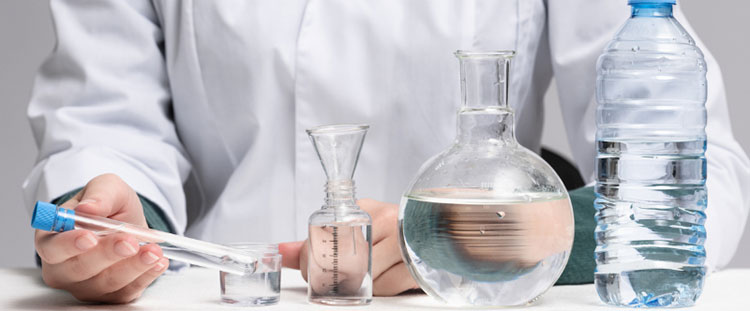
Purified Water- Picture Courtesy: Tsaprocessing
To dissolve active ingredient, making up the volume of syrup, and associated steps are performed by utilization of purified water. It is free form ions, free from pathogens, and no chances of particles sedimentation. Therefore, the inert vehicle plays crucial role in preparation of syrups.
Glycerine

Glycerine- Picture Courtesy: Jojoba gold
The sweet glycerine is mainly used in the formulation of loratadine syrup to improve consistency and offers the viscosity. Beside this, it helps in offering soothing effects when you orally administer the loratadine syrup increasing overall user compliance.
Propylene Glycol
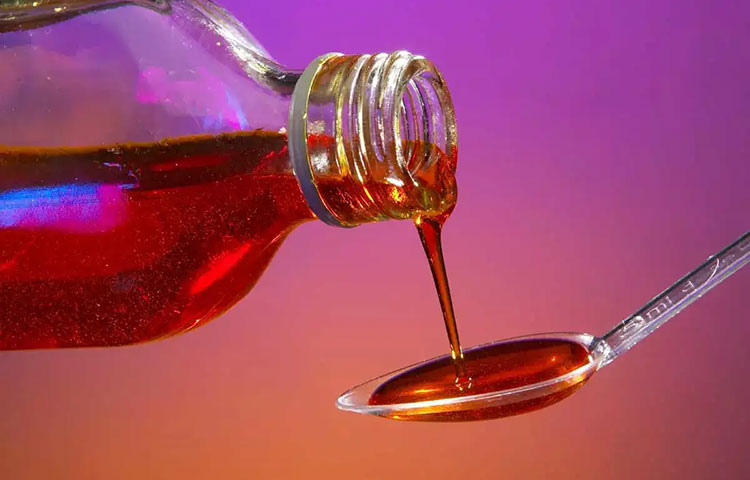
Propylene Glycol- Picture Courtesy: The Economic Time
Little concentration of propylene glycol is added in loratadine syrup to extend the shelf life and minimize the chances of microbial invasion in the product.
Sugar

Sugar
The sweet taste of loratadine syrup is enhanced due to addition of sugars. The commonly used sugars are sorbitol, sucrose, and other. The patients with diabetes mainly prescribed with loratadine syrup with sorbitol as its wont spikes up the sugar levels. The reason for adding sugar to mask the unwanted taste of bitter ingredients.
Flavoring Agents
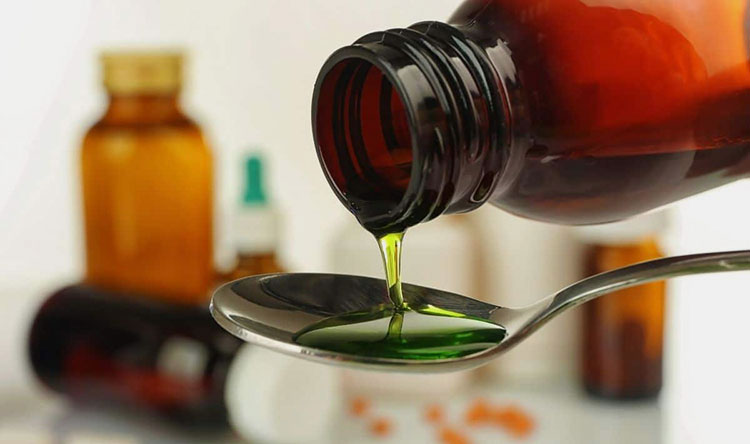
Flavoring Agent- Picture Courtesy: Arabian Business
For good flavor, the fruity extracts are poured into the formulation ingredients. For example, grapes, apples, orange, etc. that’s why kids happily take the doses of loratadine syrup.
Citric Acid
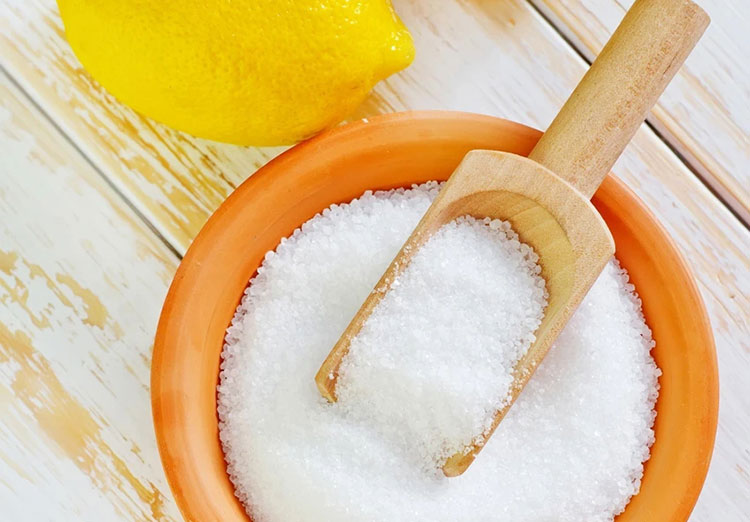
Citric Acid-Picture Courtesy: Taste of Home
An addition of citric acid promotes tartness to the syrup; however, the purpose of using citric acid in this case is to maintain the pH of the syrup with antimicrobial activities.
Sodium Benzoate & Edetate Disodium (EDTA)
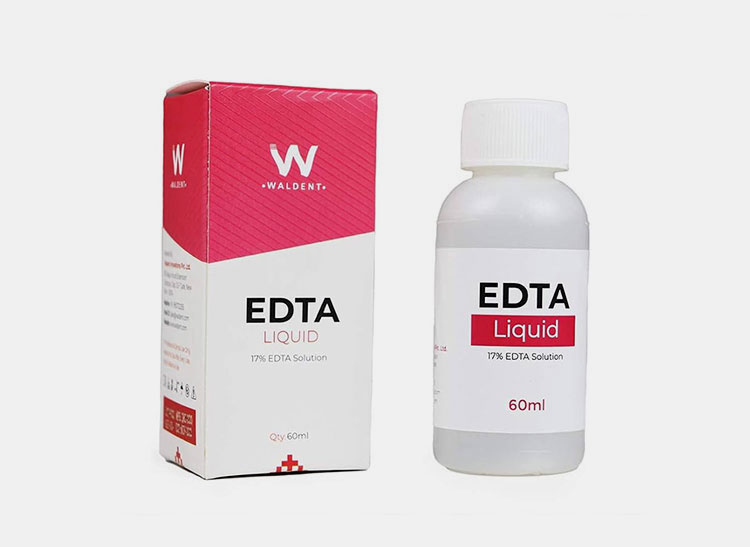
Sodium Benzoate & Edetate Disodium (EDTA)
Due to sweetness and sugary ingredients; the syrup itself is prone to invade from microbes. That’s why sodium benzoate little concentration is added to maintain ingredients potency and decline the microbial growth whenever you open the bottle of syrup. Also, to prevent oxidation reaction, the EDTA is added which is a chelating agent strongly binds which metals to halt the oxidation process.
Colorants

Colorant- Picture Courtesy:Sensient Pharma
Last but not least, the colorants are added to the loratadine syrup to enhance its looks and making it more appealing when your pour into dosing spoon. It can be natural and synthetic with proper identification and approval from FDA.
7.How loratadine syrup is prepared?
The preparation of loratadine syrup is mentioned in the following steps below:

Phases Of Loratadine Syrup Preparation
Phase 1: Dissolving of APIs
In this step, you need to take a desirable concentration of loratadine active compound and mix in a portion of purified water. The constant stirring is required till a uniform solution is achieved.
Phase 2: Dissolving Excipients
On the other side of the batch, the excipients solution is prepared in a separate container which is composed of water. Add the remaining portion of the ingredients with constant stirring.
Phase 3: Combination of two medium
The cleared solutions in separate mediums are merged in a homogenizer to get a thorough homogenization till an ideal syrup is prepared. The final volume make up is done to get the consistent and resultant syrup batch.
Phase 4: Syrup Assessment
Soon after preparation, the pH of the syrup is checked, if it goes toward more acidic side, you can maintain with additional sodium hydroxide. In case of more alkalinity, add small concentrations of citric acid to get an effective pH.
Phase 5: Filtration
To eliminate large particles, sediments, or presence of microbes, the filtration process is carried out. The final syrup solution is cleared from the large particles, or pathogens.
Phase 6: Filling
The final loratadine syrup is transferred to bottles in a controlled rooms and aseptic equipment. the bottles are filled and secured with the caps respectively.
Phase 7: Packaging
The product’s names and relevant information is enhanced with the application of labels around each bottle. Once labeling is completed, the cartoning of the loratadine syrup bottles take place and batch is sent for final formalities.
8.What machines are involved in loratadine syrup make up?
The machines involved in the preparation of loratadine syrup is discussed below:
Manufacturing Machines
| Water Treatment System
In most of the pharmaceutical production, the water purification system plays a central role. Because it is pivotal in producing sterile water for injection or purified water from raw source water. A number of subunits, for example, terminal tanks, back-end treatment units, are more in this water treatment solution. |
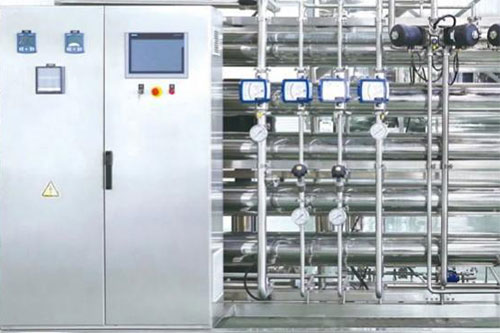
AIPAK Engineering Water Purification Units |
| Emulsifying Mixing Tank
Mixing is an integral step when you’re preparing loratadine syrup, an emulsifying mixer is a core part of loratadine syrup manufacturing. The machine is composed of a large vessel, consisting of heating systems, vacuum unit and agitators. Due to these components, active ingredients as well as excipients are blended to create a uniform mixture. |
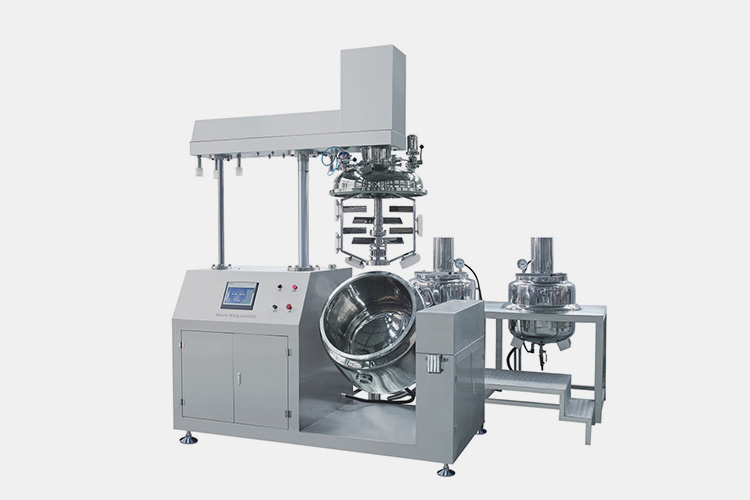
AIPAK Emulsifying Mixing Tank |
| Syrup Storage Tank
Syrup Storage Tank
|
The storage tank is an enclosed system with multiple circulatory pipelines that helps in the receiving and transferring of stored formulation. This is mainly constructed with utilizing stainless steel material; so, no chances of contamination and offering you with more safety and smooth processing.
Also, it is designed with vacuum properties which helps in the fast circulation of syrup. The double jacketed units are capable to preserve the heat hence you don’t need to worry about temperature fluctuations. |
| Sterile Filtration Unit
Once you’ve mixed your required ingredients, you’ll filter the solution to clarify it. This is done by the aid of a sterile filtration unit, normally, micro- or ultra-filtration systems. Often, you use these systems in combination, as microfiltration devices capture larger particles, for example, bacteria. While ultrafiltration units are ideal for removing tiny molecules, for instance, proteins or endotoxins. |
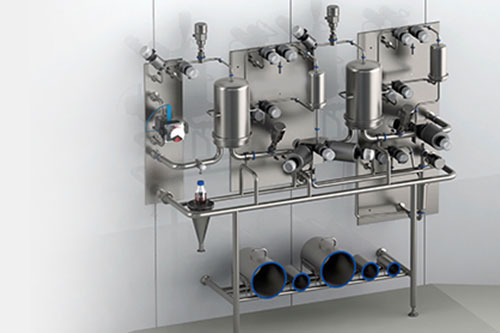
Picture Courtesy: Cleanroom Technology |
Filling Machine
| Bottle Filling Line
As you see syrup bottle filling line is composed of four units: bottle unscrambler, bottle washing machine, tunnel sterilization unit, and liquid filling and capping machine. With this system, you can automatically orient, align, wash, clean, sterilize, dry, fill, and cap loratadine bottles. Consequently, you can precisely fill sterile bottles. |

AIPAK Engineering Syrup Bottle Filling Line |
Packaging Machines
| Labeling Machine
A labeling machine is a pivotal part of pharmaceutical plants, as it allows you to inform your customers regarding product use. That’s why this system sticks labels on the syrup bottles with the help of a labeling head, sensors, and rollers. |
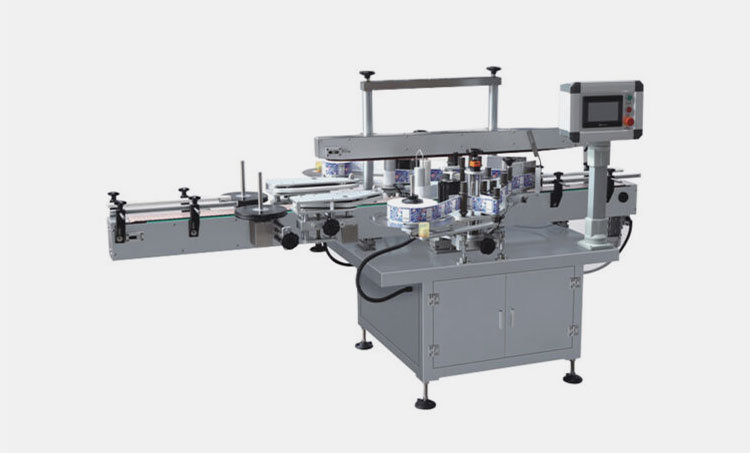
AIPAK Labeller |
| Cartoning Machine
Well, at the end of the loratadine syrup production line, typically, you’ve a cartoning machine. Its function is to secure product containers by sealing them in three-dimensional boxes. Normally, these units take sheets from a magazine and erect and fold them. After that, it places containers and leaflets in it, finally gluing them shut. |

AIPAK Cartoner |
9.What are the major side effects of loratadine syrup?
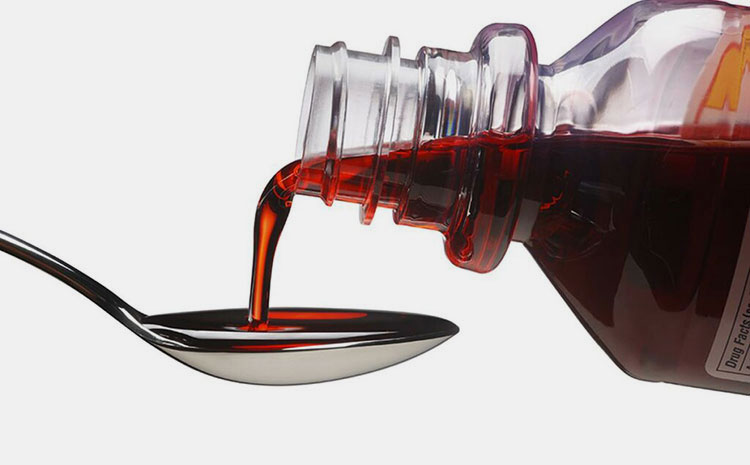
Allergy Relief-Healing in every drop
Loratadine syrup is generally a safe antihistamine, works by blocking histamine which is a chemical released by body during allergic reactions. It helps treat and prevent symptoms of these reactions. For instance, red eyes, sneezing, coughing and runny nose. Some of the major side effects caused by loratadine syrup are listed below.
| Side Effects | Description |
| Allergic Reactions
Allergy relief with loratadine |
Allergic reactions such as rash, swelling of face or lips are side effects of loratadine syrup.
If these symptoms occur, you must seek medical advice immediately. |
| Dizziness or Discomfort
Dizziness and trouble in focusing |
Dizziness is a common side effect of loratadine syrup, symptoms include difficulty in focusing or standing. In these cases, it is best to seek medical advice. |
| Irregular Heartbeat
Fast heartbeat, consult your doctor |
Fast or irregular heartbeat is a major side effect of loratadine syrup. If you are experiencing chest discomfort or palpitations, you must rush to the doctor immediately. |
| Liver complications
Monitor for liver complications |
In some cases, individuals may experience liver dysfunction.
Symptoms like jaundice, dark yellow urine or constant abdominal pain are signs of liver dysfunction. It is best to seek medical help during these cases. |
10.What is difference between loratadine syrup and loratadine injection?
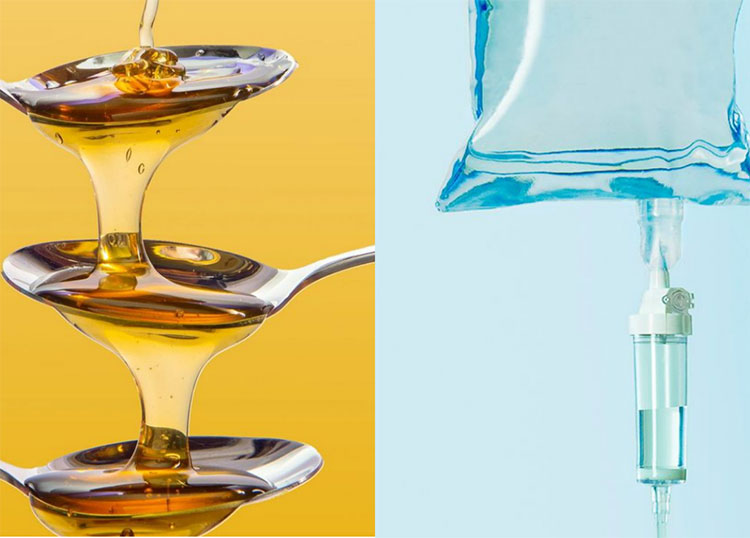
Loratadine syrup vs Loratadine injection
There are some key differences between loratadine syrup and loratadine injection. These differences are on the basis of their usage, formulation and according to patient specific needs. Here’s a breakdown of key differences.
| Difference between Loratadine syrup and Loratadine injection. | |
| Route of Administration | |
| Syrup
Loratadine syrup is administered through mouth, it is in liquid form. This formulation is ideal for children. |
Injection
Loratadine injection is administered through an IV (Intravenous) or IM (Intramuscular) form with the help of a professional healthcare provider. |
| Progress of Action | |
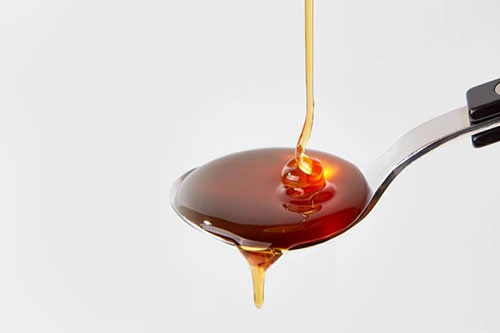
Syrup Formulation Loratadine syrup typically takes 30-60 minutes to start working, depending upon your digestion and metabolic rate. |
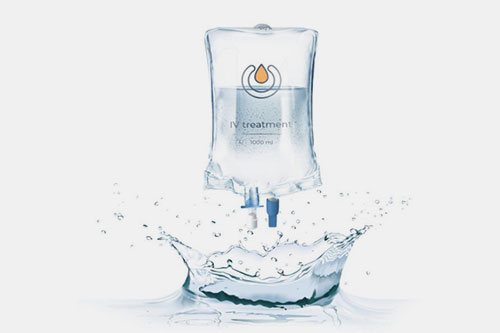
IV bag Loratadine injection enters the bloodstream directly, so its progress of action is faster than syrup. |
| Usage | |

Loratadine syrup is used for daily usage under supervision, for mild allergic reactions. |

Loratadine injection is mainly used for severe allergic reactions, commonly used for emergency situations like anaphylaxis or extreme allergic situations. |
| Compatibility | |
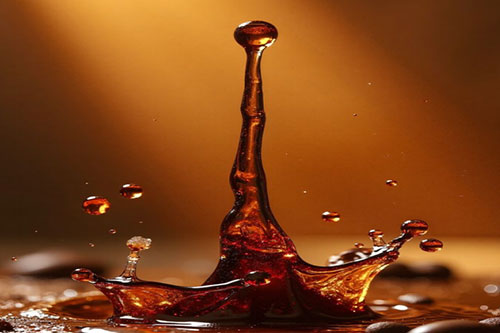
Loratadine syrup is generally ideal for kids or patients who prefer syrup over intravenous infusion. |

Loratadine injections is generally used in clinic or hospital settings under supervised professional care. |
| Safety | |

Loratadine syrup is generally safe and mild, some of side effects that may occur are dry mouth, liver dysfunction, headache and more. |

Loratadine injections are typically used in a hospital setting, the side effects that may occur are injection pain or swelling or in some cases severe allergic reactions. |
11.What are the basic problems and solutions associated with loratadine syrup?
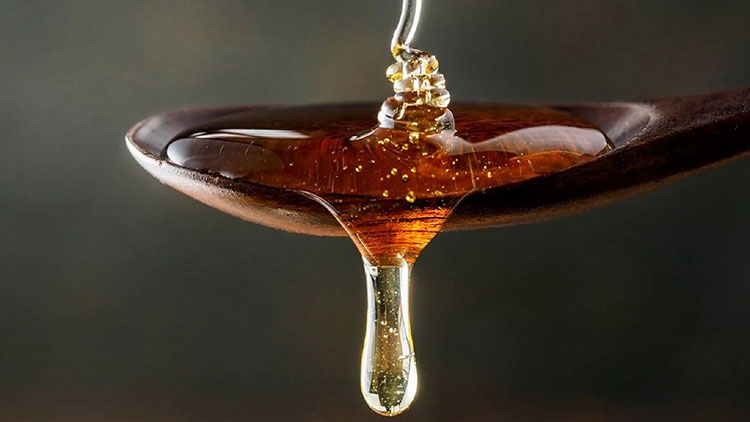
Daily dose of comfort in a Syrup-Picture Courtesy: WebMD
Loratadine syrup is mostly mild and safe to consume, however in some cases it can have some problems. Below are some of the potential problem and their solutions.
Leakage from Bottle
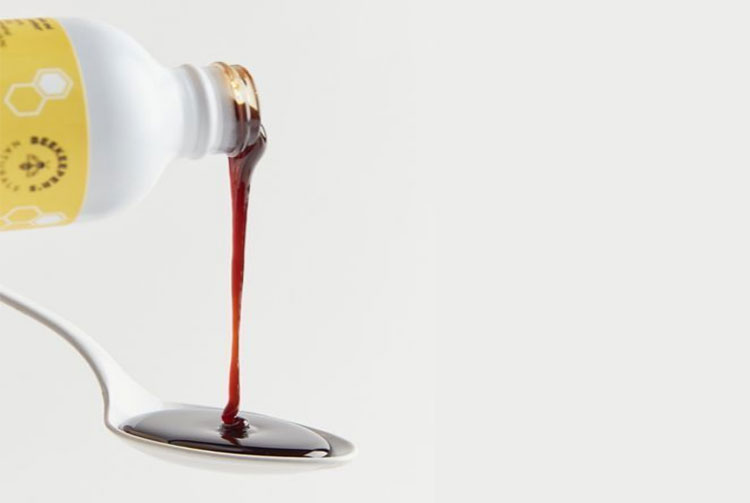
Syrup for aid and relief
Poor or loose cap sealing can increase the risk of leaking during transportation and shipping. In order to prevent this risk, ensure tamper-proof and leak resistant bottles with secured capping. Proper testing should be carried out to identify faults and mishaps.
Sedimentation
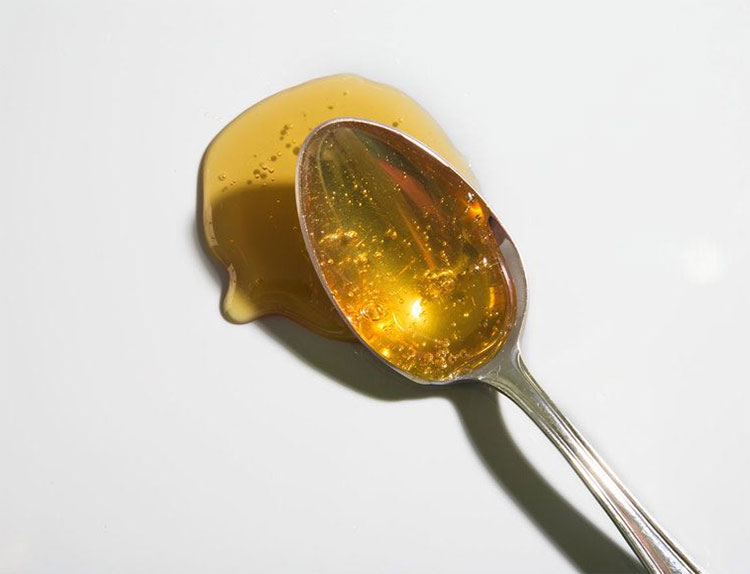
Shake well before use
Sedimentation occurs when excipients and active ingredients settles down with the passage of time. This increases the risk of inconsistent dosing. To prevent this risk from happening, label the loratadine syrup bottle with shake well before use and add suspending agents in the syrup formula.
Oxidation
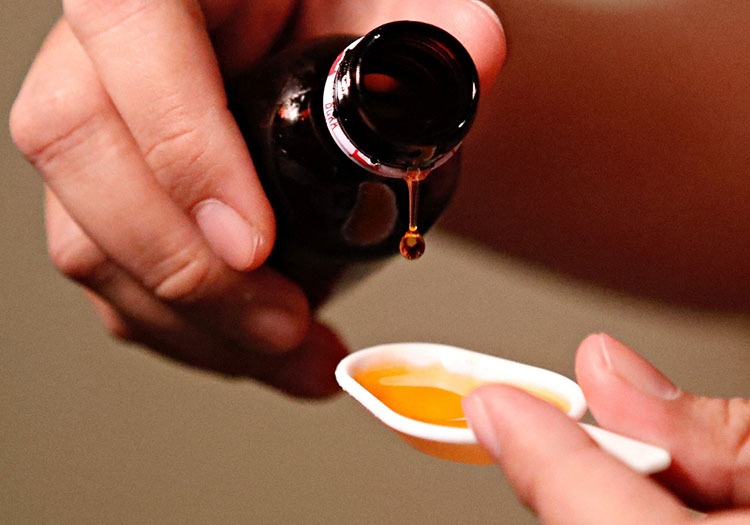
Protection From Oxidation- Picture Courtesy: Reuters
Oxidation is a potential problem which reduces the effect of syrup. It occurs when the formula is exposed to air leading to the degradation of the loratadine syrup. To minimize this issue, avoid storing the syrup at areas with too much light, use airtight bottles and include antioxidants in the syrup formula.
Crystallization
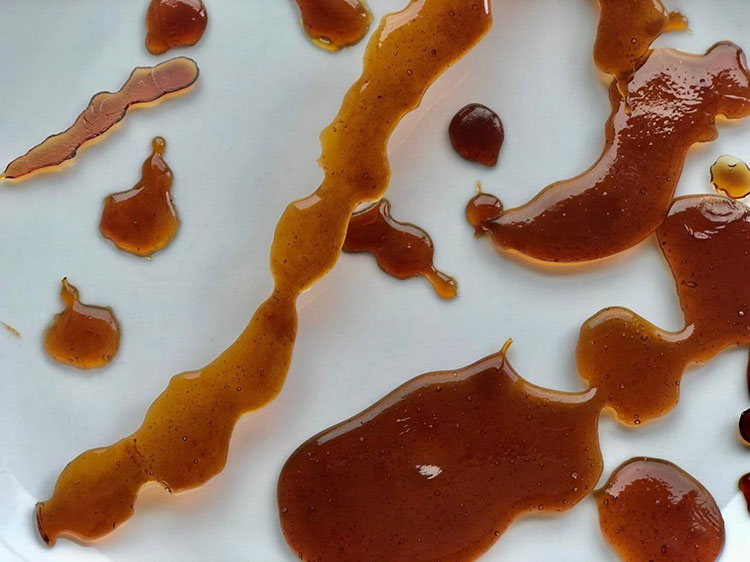
Crystallization Causing Unstable Syrup Texture- Picture Courtesy: KIWICo
If the syrup is exposed to cold conditions, the sugar and other solutes that are in syrup are most likely to crystallize. To avoid crystallization, it is important to store the syrup at recommended temperature and add stabilizers to syrup formula.
Microbial Contamination
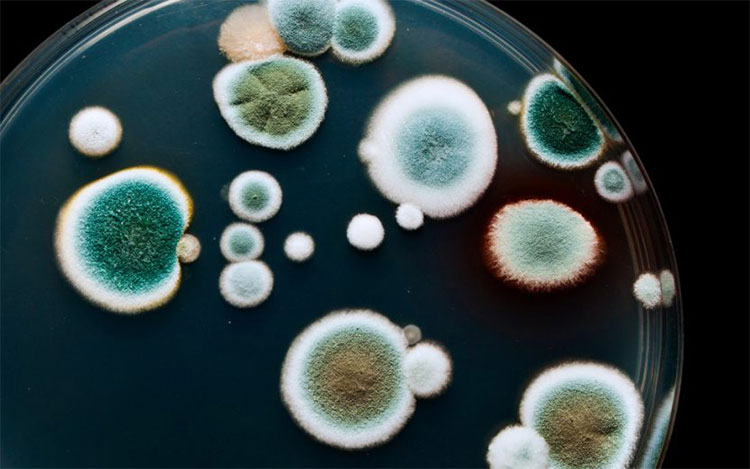
Microbial Growth-Picture Courtesy: NIZO
Loratadine syrup contains water and other solutes which are prone to microbial growth and contamination. To prevent contamination risk, it is important to add suitable preservatives in the syrup and ensure strict hygiene conditions during syrup manufacturing process.
Too Much Viscosity
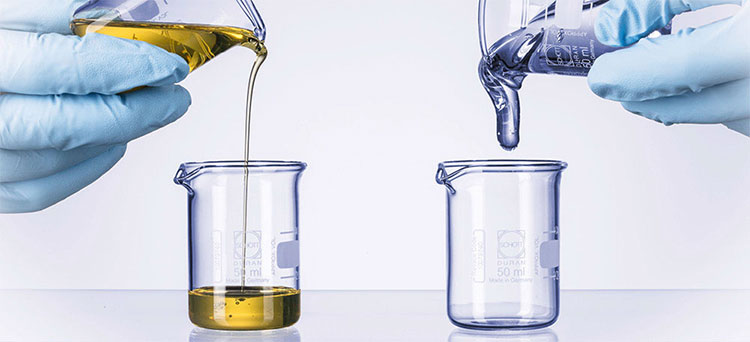
Viscosity affects syrup effectiveness-Picture Courtesy: Anton Paar Wiki
Viscosity occurs when the syrup becomes too think in consistency or too watery. This is caused by possible temperature changes. In order to prevent this risk, it is important to use appropriate viscosity enhancers and conduct syrup stability testing continuously.
Conclusion
To conclude, loratadine syrup is not a therapeutic solution to manage allergies, rashes, and associated problems but a good way to achieve smooth oral administration. The syrup formulation is indeed prescribed OTC and emergency medication to manage allergy related symptoms. However, its safe dispensation is only possible when this product is prepared by sterile protocols and error-free, hygienic equipment. Now, if you’re planning to manufacture loratadine syrup , you’re at the right place. At AIPAK ENGINEERING, we offer GMP-compliant and state-of-the-art manufacturing and packaging solutions for your daily manufacturing.
Don't forget to share this post!
CONTACT US
Tell us your raw material and project budget to get quotations within 24 hours.
WhatsApp Us: +86 181 7101 8586
 Tell us your material or budget, we'll reply you ASAP within 24 hours
Tell us your material or budget, we'll reply you ASAP within 24 hours

